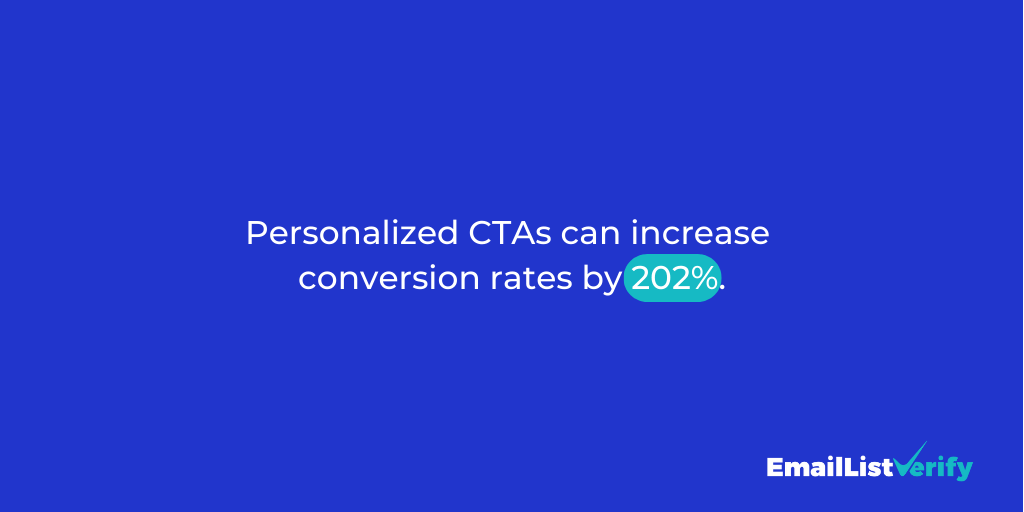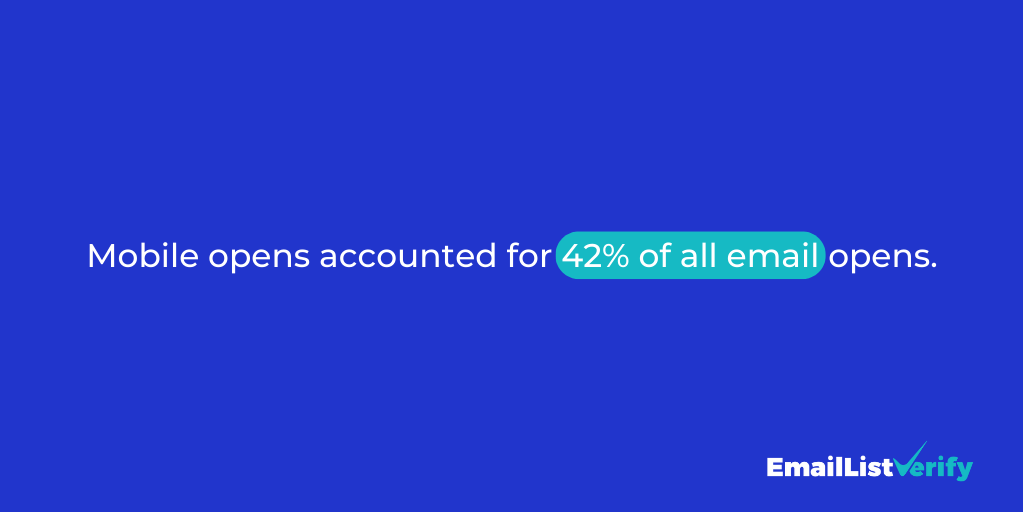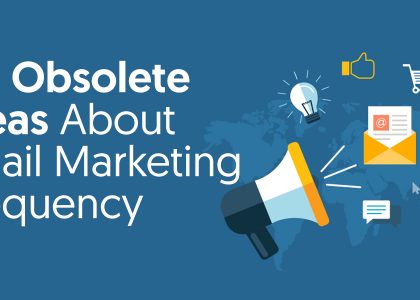8+ Email Marketing Metrics You Need to Track
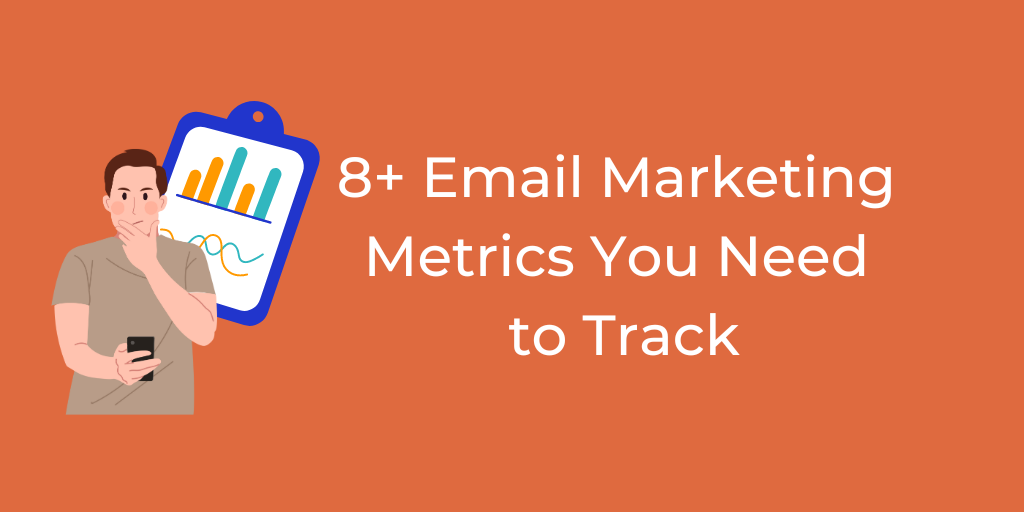
Businesses of all sizes should recognize the impact of email marketing. It’s a cost-effective method to build meaningful relationships with customers, increase brand awareness, and drive conversions.
However, the effectiveness of email marketing doesn’t just lie in creating persuasive content and visually appealing layouts.
As an email marketer and a business owner, tracking email marketing metrics should be an integral part of your strategy.
Understanding how well your campaigns perform can give you valuable information about your audience’s preferences and behavior, helping you to deliver more personalized and engaging content.
Come along as we take a look at a few of the most important metrics you should be tracking, some interesting statistics, and more!
Table of Contents
- What are email metrics?
- Why track email metrics?
- Open rate
- Bounce rate
- Click through rates
- Unsubscribe rate
- Device statistics
- Spam complaint rate
- Domain open and click rates
- EmailListVerify for your email success
What Are Email Metrics?
Email metrics are parameters used to gauge how successful email campaigns are.
Marketers use the information gained from monitoring these metrics to tweak their marketing efforts to boost engagement, sell more products, or get visitors to their websites.
There are many ways to measure campaign success, and to know where you stand in your campaign, it’s critical to track at least a few of the metrics detailed below.
Why Is Tracking Email Metrics So Crucial?
When it comes to email marketing, every single email sent to your audience represents an opportunity. It’s a chance to connect, to communicate, and most importantly, to collect valuable insights about your audience.
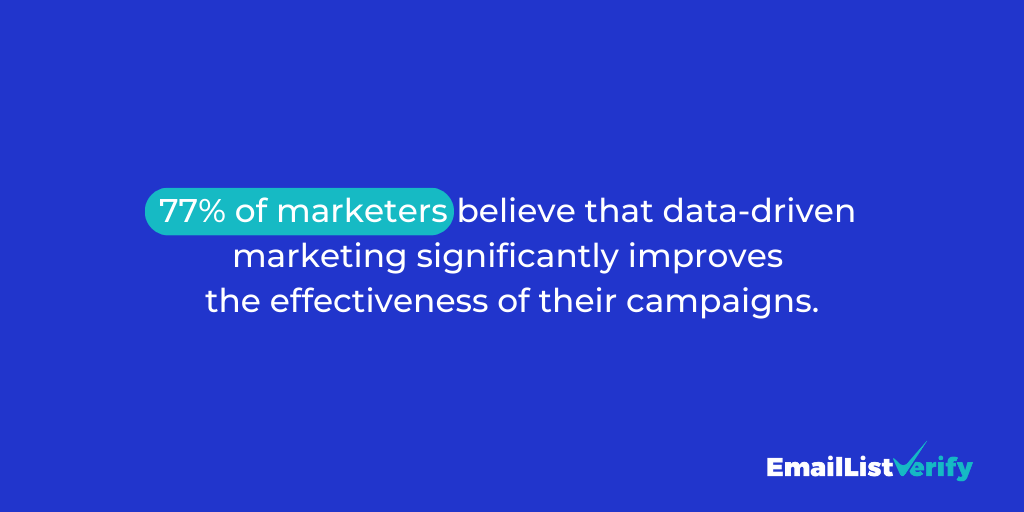
Source: Econsultancy
Before we get into the detailed email metrics, let’s underscore why it’s so vital to monitor them.
- Interactions as information: Each interaction your subscribers have with your emails is a source of crucial data. This data uncovers what resonates the most with your audience, highlighting the email practices that are effective, as well as those that need some extra work.
- Treasure trove of insights: By observing how your audience interacts with your emails, you can tap into a goldmine of information. This information not only informs your current campaign, but also shapes your future email marketing strategies.
- Navigational compass: Without a keen understanding of these metrics, your email marketing strategy could be likened to a hiker lost in an unfamiliar forest. Comprehending these metrics gives you the navigational compass you need to steer your campaign in the right direction.
Now, with the importance of email metrics illuminated, it’s time to delve into the specifics of each one.
Let’s turn on the lights and dive deep into these essential metrics that can significantly enhance the success of your email marketing campaign.
Open Rate: The First Step to Engagement
Open rate is one of the most straightforward email marketing metrics, yet it’s incredibly informative.
It tells you the percentage of subscribers who open your emails out of the total number of emails delivered. The open rate serves as a fundamental measure of your campaign’s initial impact and the effectiveness of your subject lines.
For instance, suppose you’re achieving an open rate significantly below the industry average. In that case, it could indicate that your email subject lines aren’t compelling enough to spark curiosity or that your emails are landing in spam folders.
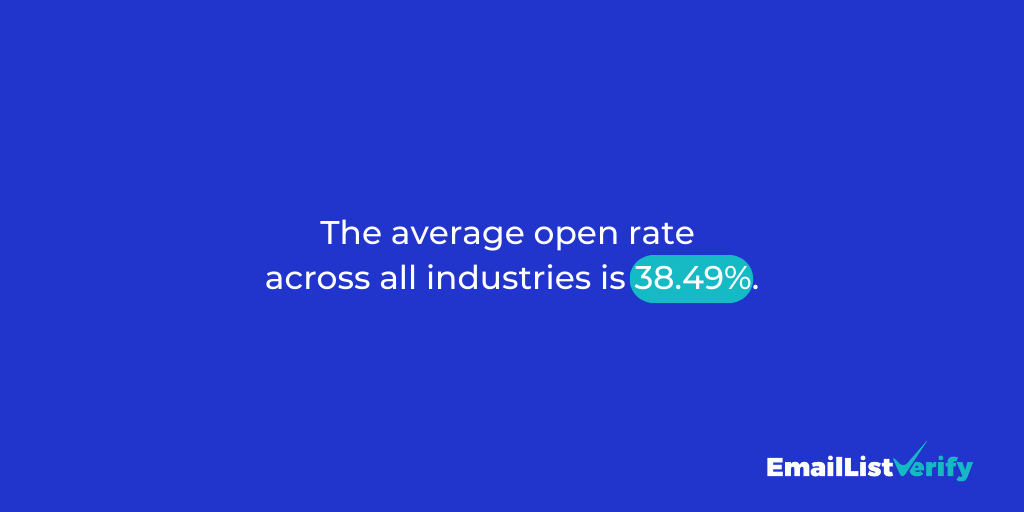
Source: HubSpot
When you track your open rates, you can experiment with different subject lines, testing various approaches like posing a question, using a subscriber’s name, or even adding an emoji. Such experiments can help you discover what style of subject line resonates best with your audience, driving your open rates upwards.
A successful email campaign starts with getting your audience to open the email. If they don’t open it, they can’t engage with your content or take desired actions.
How to Calculate Your Open Rate
Calculating your email open rate is a fairly straightforward process. It involves dividing the number of opened emails by the number of emails sent, excluding any bounced emails. Here is the formula:
Bounce Rate: Making Sure Your Emails Reach the Inbox
Your bounce rate represents the percentage of your total emails sent that could not be delivered to the recipient’s inbox.
There are two types of bounces to keep an eye on: soft bounces and hard bounces.
Soft bounces are temporary issues, like a recipient’s mailbox being full, while hard bounces are permanent problems, like a non-existent email address.
A high bounce rate is not just frustrating; it can have severe implications. It can lead to your business’s email being marked as spam by internet service providers (ISPs), reducing your overall email and deliverability rate. This is why cleaning up your email list regularly is so important.
How to Calculate Bounce Rate
To determine your bounce rate, you can use this simple formula:
Click-Through Rate: Measure Audience Engagement
The click-through rate (CTR) is a powerful indicator of how engaged your audience is with your email content.
It measures the percentage of recipients who clicked on one or more links in your email.
A low CTR could suggest that your content is not resonating with a customer segment of your audience or that your call-to-action (CTA) is not compelling enough.
If your CTR is lower than expected, try personalizing your content, creating a sense of urgency, or making your CTAs more prominent. Additionally, try segmenting your email list. Segmentation allows you to tailor your content more closely to your audience’s interests, needs, and preferences, which can significantly improve your CTR.
How to Calculate Click-Through Rate
Looking for a percentage? You can find your click-through rate by using this calculation:
Unsubscribe Rate: A Reality Check
Your unsubscribe rate is the percentage of recipients who opt-out of your email list after receiving an email.
While no one likes to see subscribers go, this important metric also provides crucial feedback about the relevance and value of your content.
A sudden increase in the unsubscribe rate might indicate that your content is not meeting your subscribers’ expectations. Maybe the content is off-topic, the number of emails sent are too frequent, or the value promised is not delivered. Use this feedback to refine your content strategy and better meet your audience’s expectations.
What is a Normal Unsubscribe Rate?
In a perfect world, your unsubscribe rate would be 0%.
Sadly, this is often not the case, and you will get some unsubscribers. So you may be wondering what’s normal, and when you should worry.
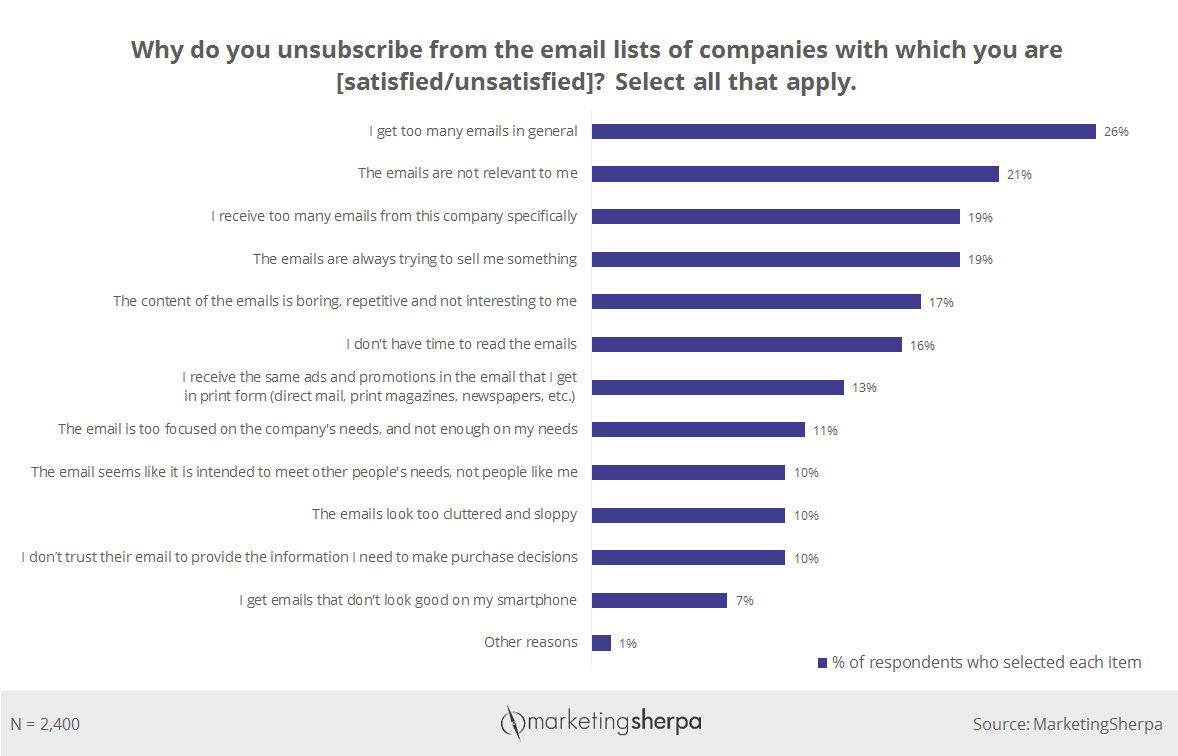
Source: MarketingSherpa
According to the folks over at UnsubCentral, a good industry standard to go by is an unsubscribe rate of 1% or less. Any more than 2% and you may want to take a closer look to see what the problem is.
Conversion Rate: Gauge the Effectiveness of Your Campaign
Arguably, conversion rate is the most critical email marketing metric, as it directly relates to your campaign’s ROI.
Conversion rate is the percentage of email recipients who click on a link within your email and complete a desired action, such as making a purchase or filling out a form.
The conversion rate is the real proof of whether your email campaign is convincing subscribers to take the action you want them to take. It’s important to note that a good conversion rate can vary significantly depending on your industry and the specific action you want subscribers to take.
If your conversion rate is lower than you’d like, consider adjusting your email design, optimizing your landing pages, refining your email copy, or even segmenting your audience to provide more personalized and relevant content.
What is a Good Conversion Rate?
Like with other metrics, the idea of a good conversion rate varies from industry to industry. According to Ignite Visibility, a good rate for your industry may be between 2% and 5%.
Device Statistics: Cater to Your Audience’s Reading Habits
Understanding which devices your subscribers use to read your emails can help you optimize your content for those devices.
Emails that aren’t optimized for mobile can be difficult to read, which might lead to lower engagement and higher unsubscribe rates.
Track the devices your subscribers are using to view your emails and ensure that your email design is responsive. This means that it automatically adjusts to fit the screen it’s viewed on, whether it’s a desktop monitor, a tablet, or a smartphone.
How to Find Device Statistics
Here’s how you can find these statistics:
- Using email marketing tools: Most email marketing platforms like Mailchimp, Constant Contact, or SendinBlue provide built-in email analytics, that include device statistics. After sending an email campaign, you can view the campaign report to see the breakdown of opens by device type.
- Google Analytics: You can also use Google Analytics to track device usage. To do this, you need to add UTM parameters to your email links. Once you’ve done this, you can go to the ‘Audience’ section in Google Analytics, then ‘Mobile’ and finally ‘Overview’ to see the breakdown of device usage.
The statistics will usually show you the proportion of users who opened the email on a desktop, mobile device, or tablet.
Spam Reporting: Maintain Your Email Reputation
If your emails frequently end up in subscribers’ spam folders, this can have long-term negative effects on your email deliverability.
When an email is marked as spam, it not only bypasses the inbox but can also hurt your sender reputation.
Keeping an eye on spam reports can help you identify issues with your email content, frequency, or list quality, all of which could be leading to higher spam rates. If you notice a high spam rate, it might be time to review your email acquisition practices, content relevance, and personalization efforts.
What is a Normal Spam Complaint Rate?
Again, ideally it would be 0%, but people can report you as spam for any number of reasons. Things like not having an easy-to-find unsubscribe button, too many emails, or just not wanting to see your emails anymore might lead them to falsely report you for spam.
Ongage states that the acceptable industry standard for spam complaints is 0.1%.
Domain Open Rate and Domain Click Rate: Tuning Your Audience Engagement
The success of your campaigns significantly hinges on understanding your key performance indicators across different email domains.
This understanding is facilitated by two vital metrics for email marketing: the Domain Open Rate and the Domain Click Rate.
Domain Open Rate
The Domain Open Rate allows you to see what percentage of recipients are opening your emails on a specific email provider.
For example, if you see a lower open rate for Gmail users compared to Outlook users, it may indicate an issue with Gmail’s spam filters. By identifying such issues, you can adapt your strategy to improve email deliverability.
Domain Click Rate
Similarly, the Domain Click Rate enables you to assess how many recipients are clicking your emails within a particular email provider. A lower click rate from a specific domain might suggest a problem with the email service provider’s spam policy or perhaps the resonance of your content with that audience.
Monitoring this metric can help you refine your approach and improve engagement across different domains.
The combined analysis of Domain Open Rate and Domain Click Rate offers email marketers a way to better navigate the complex landscape of email deliverability and to maximize the impact of your email marketing campaigns.
Why Choose EmailListVerify?
To achieve the best results in your campaigns, it’s vital that your emails reach the intended recipients.

The dashboard of EmailListVerify is very easy to navigate.
Enter EmailListVerify, a sophisticated tool designed to optimize your email marketing campaigns by helping you reach the highest possible email deliverability rates.
- Unparalleled features: EmailListVerify’s sophisticated algorithms perform comprehensive checks on your email list, identifying and eliminating invalid, inactive, or erroneous addresses.Features such assyntax check, domain/MX record check, DEA detection, and risk validation keep your email lists clean and reliable. It also boasts of a catch-all server detection feature which flags potential bounce risks, enabling you to maintain high deliverability and conversion rates.
- Exceptional benefits: By reducing bounce rates and spam complaints and maintaining a high-quality email list, EmailListVerify allows you to focus your marketing efforts on genuine, engaged recipients.This ensures your marketing emails have a higher open and click rate, leading to improved campaign performance and return on investment. Moreover, keeping your email list clean can also protect your sender reputation, ensuring that your emails don’t end up in the spam folder.
Get started with EmailListVerify today, and see the difference a clean, high-quality email list can make to your email marketing campaign’s success. Experience lower bounce rates, higher engagement, and improved ROI.
Join EmailListVerify now and take your own email marketing efforts to the next level!
Final Thoughts
Email marketing is an art that requires both creativity and analysis. It’s not enough to create an engaging email; businesses must pay close attention to the relevant metrics to understand how their campaigns are performing.
By keeping a close eye on the key metrics discussed above, you can gain actionable insights, improve your email marketing strategy, and build stronger relationships with your audience.
In the end, successful email marketing is a perfect blend of delivering value to your audience and leveraging data to optimize your campaigns.
